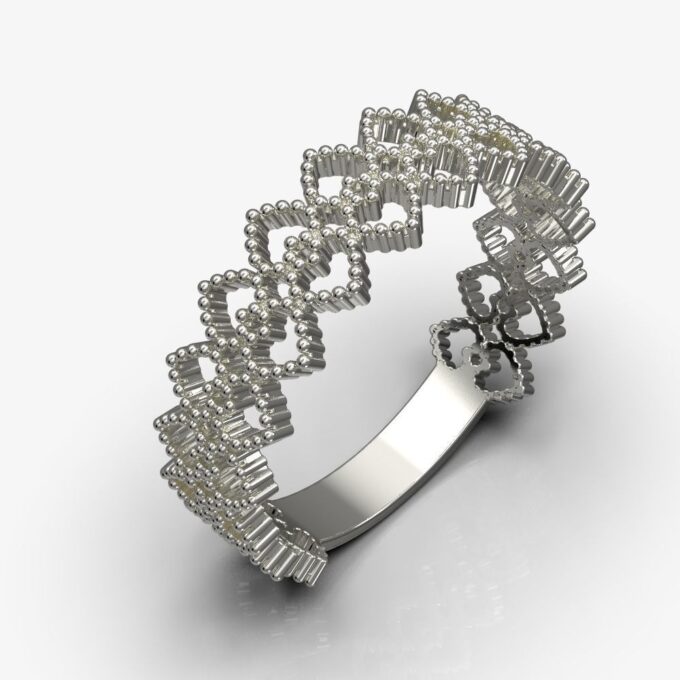PRECIOUS METALS IN THE FORM OF JEWELLERY, COINS AND BARS
Guide: To Precious Metals
Fitri Siregar
Precious metals are rare, naturally occurring metallic chemical elements of high economic value. The four primary precious metals are gold, silver, platinum, and palladium. Precious metals are used most commonly in jewelry, industrial processes, or very often as investment asset.
Gold
Pure gold is referred to as 24Karat gold. Gold is one of the most malleable of all the metals, which means that it is perfect for crafting interesting designs. Contrary to the myth stating that jewellery cannot be crafted from pure 24Karat gold due to its softness. Most Western Jewelry brands’ jewellery collection is manufactured from 18K gold which is 75% gold and 25% metal alloys. 14K gold is made up of 58.3% gold and 41.7% other metals. The principles have become the most common approach for jewelry marketed and sold to maximise gross margins.
Yellow Gold: naturally pure Gold is “yellowish” in colour under standard conditions, meaning that it won’t tarnish, rust or corrode. However, not all Gold that is 24 karats is also yellow, some yellow gold is still alloyed with some other base metals to give it sturdiness while constructing the jewellery. The more “yellow” a piece of Gold the purer but the less durable it will be. Most jewellery is produced using 18 karats or 14 karats of Gold, Pure Gold is 24 karats
White Gold is not made entirely of Gold, it’s a mixture of pure Gold and white metals such as nickel, silver and palladium, usually with a rhodium coating. The value of white Gold depends on the karat (14K vs 18K) and how much metal was used in making the jewellery and accessories.
Rose Gold is not made of pure Gold, it’s mixed with copper and silver alloys. The common mix or alloy for rose Gold is 75% Gold and 25% copper by mass (18K). Like white Gold, rose Gold is an alloy, so “pure rose Gold” doesn’t exist for jewellery.
Platinum
Platinum is a popular precious metal for fine jewellery with the symbol Pt and atomic number 78, it was officially recognised as a precious metal for fine jewellery in 1975. If you are thinking about purchasing a platinum ring or a white gold ring, here are the pros and cons to help you decide if it’s the right choice.
Platinum is a rare and natural white precious metal that is known for its strength and purity, it’s finish can range from a bright polish to a soft matte texture. Platinum Jewellery marked with Pt or Plat, means that it contains at least 95% pure platinum and it contains 90% platinum and 10% iridium. Platinum content is shown as 999 for 99.9% pure platinum, 950 for 95%, 900 for 90%, 850 for 85%, and so on.
Platinum’s purity makes it hypoallergenic and is the perfect choice for those with sensitive skin, ideal for wearing every day due to its durability, as there is very little metal loss from wear and tear. Over time patina platinum develops and wears down naturally, however the shine can be restored with regular polishing.
Palladium
Palladium is one of the few metals that exhibits stable and malleable behavior and can resist extreme temperatures. A key feature of Palladium is that it can absorb hydrogen in great amounts at room temperature which makes it valuable to car manufacturers that helps their emissions go down.
ideal for anyone with an active lifestyle who wants that mirror-like finish. It’s lightweight and comfortable. The downside is that it show scratches over time and can be tricky to resize, which may cause problems down the line for someone looking to wear it for a lifetime.
Silver
Silver was considered a cheaper alternative and less valuable because it is one of the more comparably common metals in the world. Mexico, China, and Peru are the world’s leading producers of silver. It is most often used in jewelry while also having a utility in decoration, eating utensils, and electronics.

